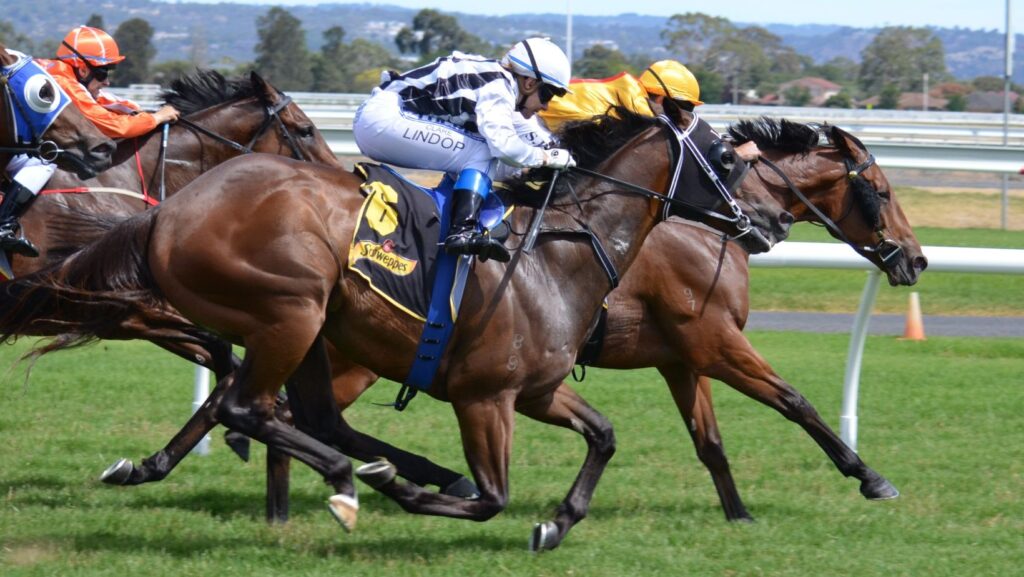Even thought about what is like to become a professional jockey? Well, let me tell you one thing – it is tough!
We are talking about tiny people (in physique) that are maneuvering a 1,200-pound animal, and there are 10-15 horses on the track running at 40 mph in close action – sounds like a recipe for disaster to me.
That’s why elite jockeys need to be tough, and disciplined, and they need to change their entire lifestyle. The lifestyle change is not forever, just as long as they are racing professionally. This means that there are no late-night snacks for jockeys, bar nights, and constant exercising just to stay in shape.
They need to maintain low weight and at the same time build up muscle, which is very difficult.
So, let’s take an inside look at the world of elite jockeys and find out what it takes to become one.
The Training Grind
First of all, training is very important for jockeys. After all, they are in charge of maneuvering a large animal, and one slip here can lead to a devastating accident. Although jockeys might look like they have a small physique, this doesn’t mean that they don’t hit the gym.
In fact, they spend a lot of time in the gym, but instead of beefing up, they usually go for core muscle exercises, stretching leg muscle workouts, and endurance training.
Being a jockey is hard, and they are following a strict program when it comes to exercising. Once they hit the gym, it is time for some real-world exercising, and riding a horse is a tough one.
Have you ever tried riding a horse? If not, we strongly suggest that you try, you’ll be exhausted in a couple of minutes. While elite jockeys go for riding sessions for hours every day. This is not only for muscle and endurance improvement, but also for establishing a better connection with the horse, improving riding skills, and much more.
Take a veteran like Frankie Dettori, still riding strong at 54—he’ll cover 20 miles on horseback by noon, switching mounts to feel their quirks: a colt that pulls right, a filly that spooks at shadows.
Back at the barn, mechanical horses—steel beasts with digital readouts—simulate a race’s jostle, demanding 300 balance reps to perfect that low crouch held for a two-minute sprint or a grueling 2:24 Belmont run.
Balancing Their Weight
One of the hardest things about being a jockey is maintaining a low weight. This means that they have to sacrifice a lot of things and forget about carbs. There are certain rules they need to follow in order to become a jockey which usually suggest that they have to weigh between 108 and 112 pounds.
But that’s not the difficult part of the process. Everyone can lower their calorie intake, starve during the day, and lose weight. But that’s not the point with jockeys.
They need to maintain a steady weight while building muscle, and this is very difficult. So, what do elite jockeys eat?
Breakfast might be a single egg white and a sip of black coffee—no cream, no sugar—followed by a lunch of steamed spinach or nothing at all if the weigh-in looms.
After noon, carbs are the enemy; a slice of bread could mean an extra lap in a 110-degree sauna, sweat pouring off to shed a pound in 20 minutes.
Most of them go for a trick that helps them not feel hungry throughout the day, and that is eating small portions more frequently. Some elite jockeys eat 10 times during the day, but each meal is very small.
Mind Games
Racing’s mental as much as physical—elite jockeys thrive in chaos. Imagine the Kentucky Derby: 15 horses explode from the gate, dirt flying, 150,000 fans roaring, and a jockey’s got 120 seconds to spot a gap half a stride wide at 38 miles per hour.
Click here if you want to check out this year’s Kentucky Derby contenders: https://www.twinspires.com/kentuckyderby/contenders/
Riders like Irad Ortiz Jr., a four-time North American earnings champ, spend hours hunched over laptops, dissecting replays frame-by-frame—did that rival drift left last out?
Does this mare tire at the turn? They memorize tendencies like a chess grandmaster plotting moves, knowing a flinch could drop them from first to fifth. Pre-race, it’s 10 minutes of meditation—eyes shut, breaths deep—to block the noise, a trick Hollie Doyle swears by before tilting at Ascot’s records.
Barn Life
The home’s a loose term for these riders—elite jockeys live where the horses are, often crashing in a tack room cot or a trailer parked by the stable, a duffel bag their only anchor.
Ryan Moore, Britain’s laser-focused ace, might rise at 5 AM to walk a colt’s stall, tracing its mood through a swish of the tail or a snort, building a rapport that’s half instinct, half telepathy.
Travel’s a brutal constant—80,000 miles a year isn’t rare, jetting from Gulfstream to Meydan for a $2 million purse, sleeping in snatches on red-eyes with a saddlebag as a pillow. Family dinners? Maybe once a month if the schedule aligns.
Risk or Injury
Every mount’s a roll of the dice—jockeys average 100 falls a year, collarbones cracking, shoulders popping, a 20% injury rate that’d make an NFL linebacker wince. Mike Smith, pushing 60 and still atop stakes winners, shrugs off a 2020 spill that shattered ribs—back racing in six weeks, scars be damned.
Post-crash, it’s physio three times a week: stretching hamstrings taut as bowstrings, strengthening a core that’s taken 40 G-forces in a tumble. Ice baths soothe the bruises—10 minutes at 40°F—while wrists get taped like a prizefighter before each ride, a ritual to brace for the inevitable jolt.
So, yes, being an elite jockey is incredibly difficult, and not everyone can do it. You need to be determined, have strong principles, exceptional mental health, and a lot of passion for the sport.

